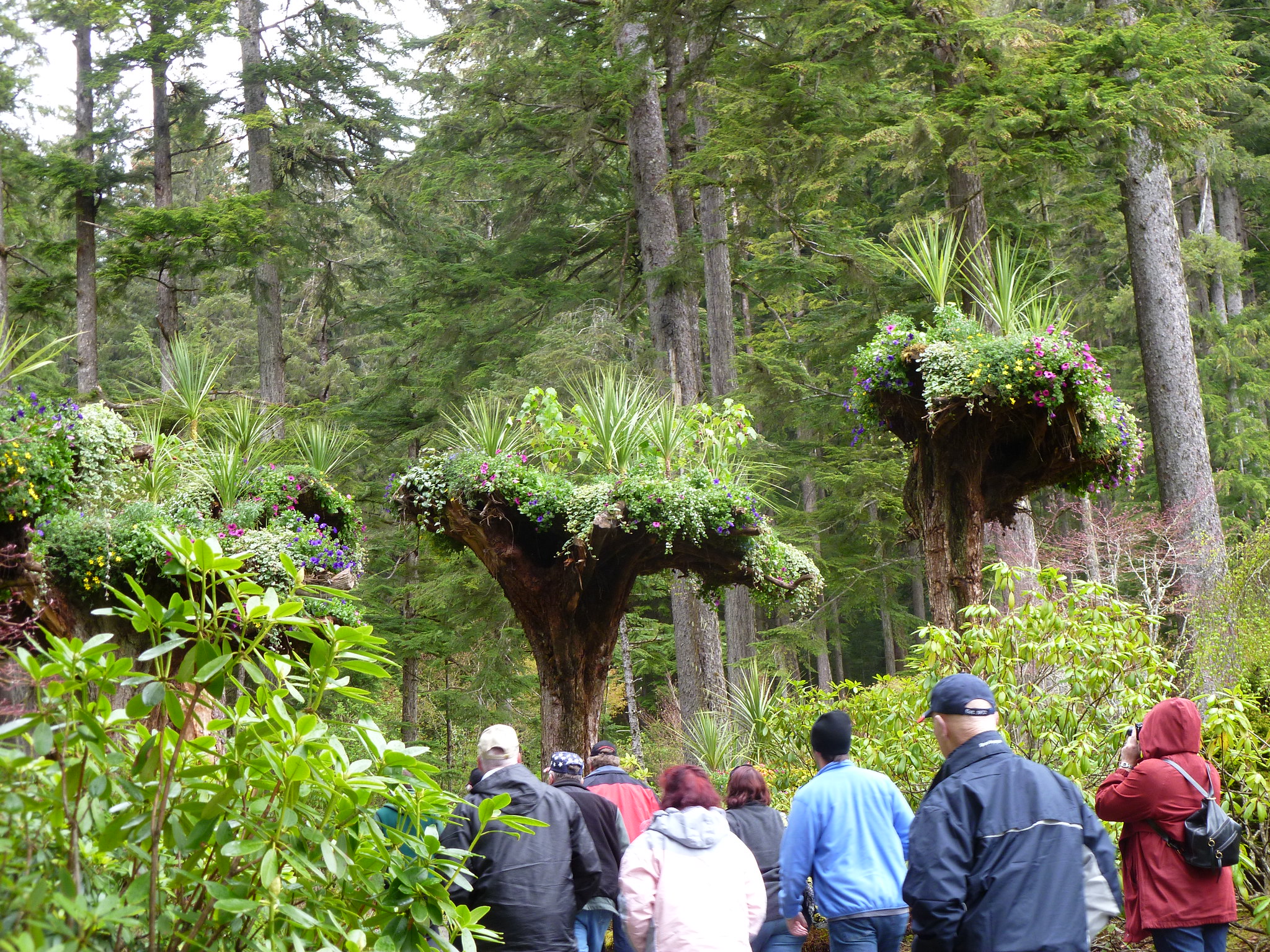The Gletschergarten, or Glacier Garden, in Lucerne, Switzerland, stands as a testament to the powerful forces of nature that have shaped our planet over millions of years. This remarkable geological site offers visitors a unique opportunity to witness firsthand the effects of glacial activity and the intricate processes that have sculpted the Earth’s surface. Located in the heart of Lucerne, the Gletschergarten provides a window into the region’s fascinating geological history, allowing visitors to step back in time and explore the remnants of a prehistoric landscape.
At the core of the Gletschergarten’s allure are the giant potholes, also known as glacial mills or kettles, which were formed during the last Ice Age, approximately 20,000 years ago. These impressive geological features were created by the immense pressure and movement of glaciers, combined with the erosive power of water and rock. As glaciers advanced and retreated, they carried with them large boulders and debris, which, when caught in swirling meltwater, carved out these deep, circular depressions in the underlying bedrock. The result is a series of smooth, bowl-shaped cavities that serve as a striking reminder of the Earth’s dynamic past.
In addition to the potholes, the Gletschergarten boasts an array of other geological wonders that showcase the diverse processes that have shaped the landscape. Visitors can observe erratic boulders, which are large rocks transported by glaciers and deposited far from their original locations. These massive stones, often of different composition than the surrounding bedrock, provide valuable clues about the direction and extent of glacial movement in the region. Furthermore, the site features exposed rock faces that reveal the complex layering and folding of sedimentary rocks, offering insights into the tectonic forces that have uplifted and deformed the Earth’s crust over millions of years.
The Gletschergarten’s significance extends beyond its geological features, as it also provides a unique glimpse into the region’s paleogeography. Through careful study of the site’s rock formations and fossils, scientists have been able to reconstruct the ancient environments that existed in this area millions of years ago. Evidence suggests that the region was once covered by a shallow tropical sea, teeming with marine life. This stark contrast to the current Alpine landscape serves as a powerful reminder of the Earth’s ever-changing nature and the vast timescales over which geological processes operate.
To enhance visitors’ understanding and appreciation of the site’s geological wonders, the Gletschergarten offers a range of educational resources and exhibits. Informative displays and interactive installations help to explain the complex processes that led to the formation of the potholes and other features. Additionally, guided tours led by knowledgeable experts provide in-depth explanations of the site’s geological significance and its place within the broader context of Earth’s history.
The Gletschergarten’s unique combination of natural wonders and educational resources makes it an invaluable asset for both scientific research and public education. By preserving and showcasing these remarkable geological features, the site plays a crucial role in fostering a deeper understanding of Earth’s processes and the importance of geological heritage. Moreover, the Gletschergarten serves as a powerful reminder of the profound impact that glaciers and other natural forces have had on shaping our planet’s surface, inspiring visitors to consider the ongoing effects of climate change and the need for environmental stewardship.
In conclusion, the Gletschergarten in Lucerne offers a captivating journey through time, allowing visitors to explore the unique geological features that bear witness to the Earth’s dynamic past. From its impressive glacial potholes to its diverse array of rock formations, the site provides a tangible connection to the powerful forces that have shaped our planet over millions of years. As both a natural wonder and an educational resource, the Gletschergarten stands as a testament to the importance of preserving and studying our geological heritage, offering valuable insights into the Earth’s history and inspiring a deeper appreciation for the natural world.
The Gletschergarten, or Glacier Garden, stands as a unique geological treasure in Lucerne, Switzerland. This natural monument offers visitors a fascinating glimpse into Earth’s prehistoric past, showcasing glacial potholes, erratic boulders, and fossilized remnants of ancient marine life. Through its well-preserved features and informative exhibits, the Gletschergarten effectively illustrates the powerful forces of glacial activity that shaped the Swiss landscape over millions of years. As both a scientific resource and popular tourist attraction, the Glacier Garden continues to educate and inspire visitors about the dynamic nature of our planet’s geological history and the enduring impact of ice ages on modern topography.

